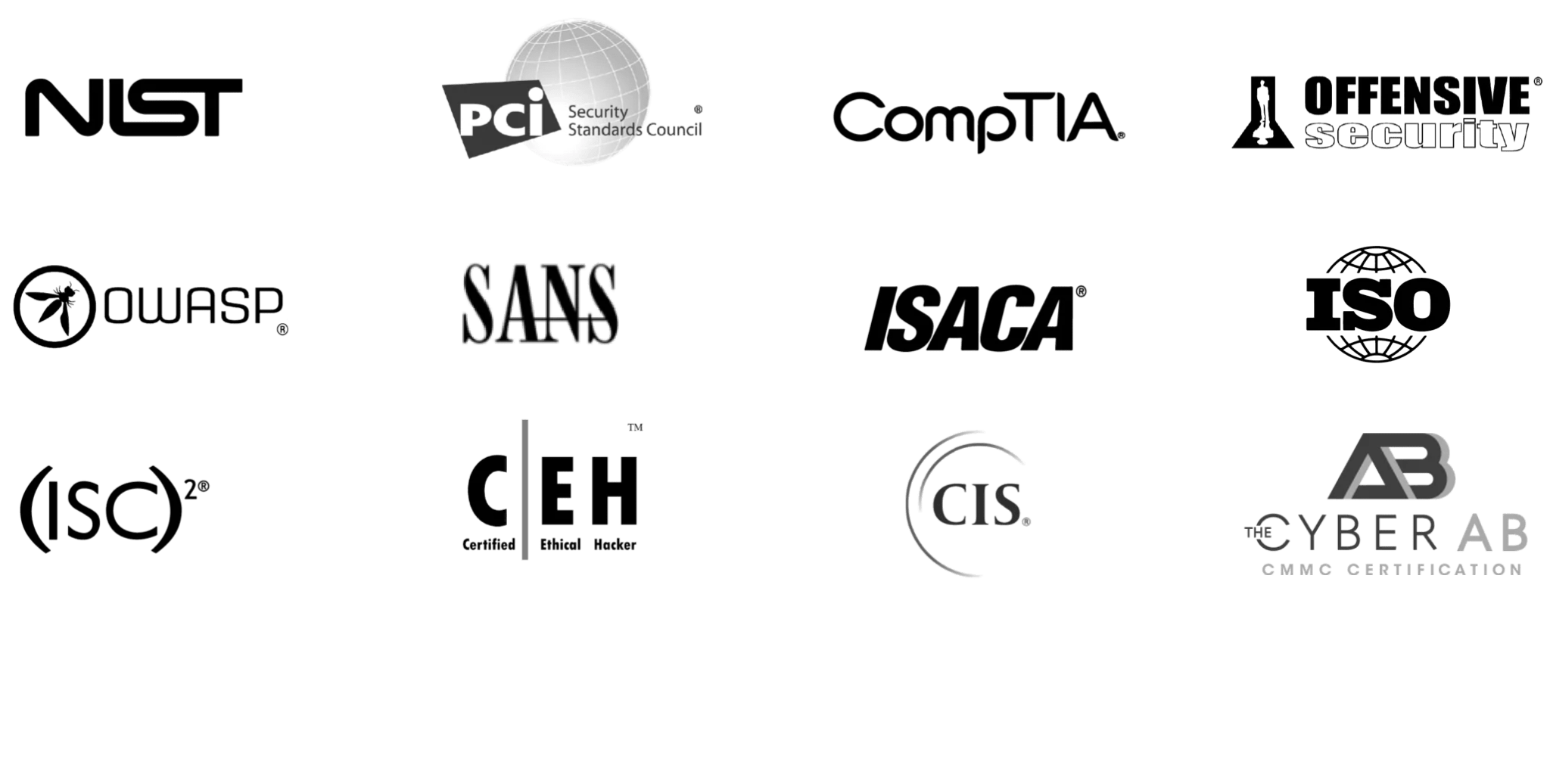Voluntary but widely adopted
Primary Focus: Cybersecurity Risk Management
Business Drivers: Strategic risk alignment, executive reporting, program maturity and cross-entity consistency
NIST CSF offers a flexible, business-aligned approach to cybersecurity risk, built around six core functions: Govern, Identify, Protect, Detect, Respond, and Recover. It helps organizations integrate security into enterprise risk, improve executive oversight, and drive consistent cybersecurity maturity across business units and regulatory environments.








